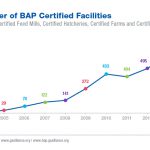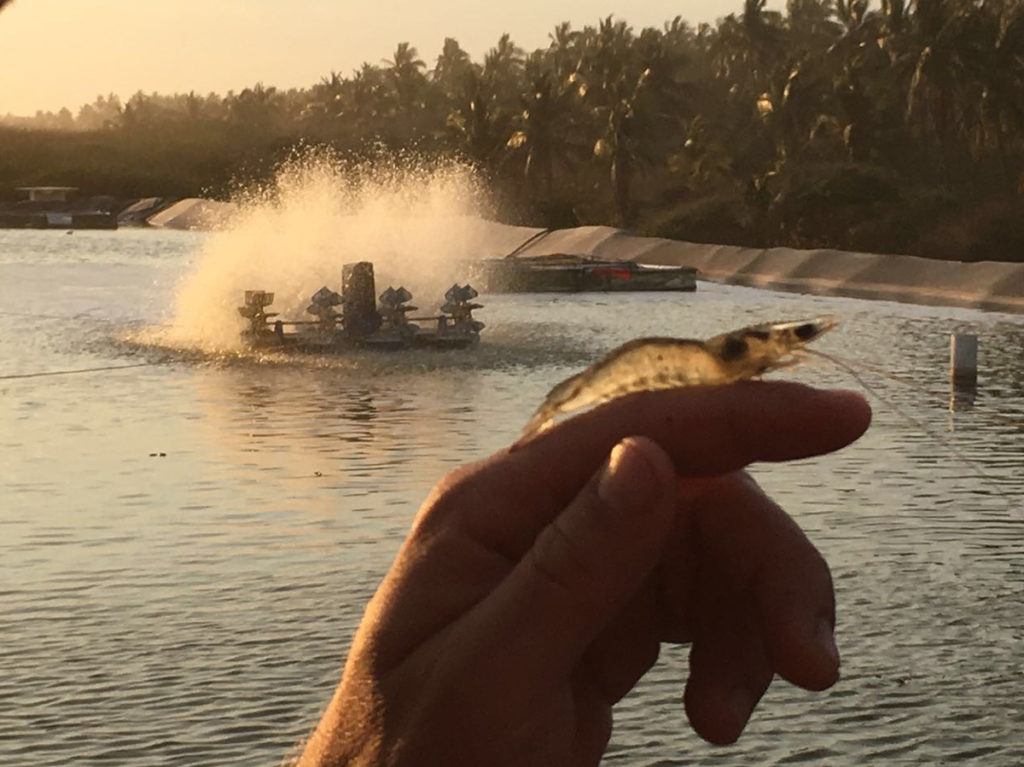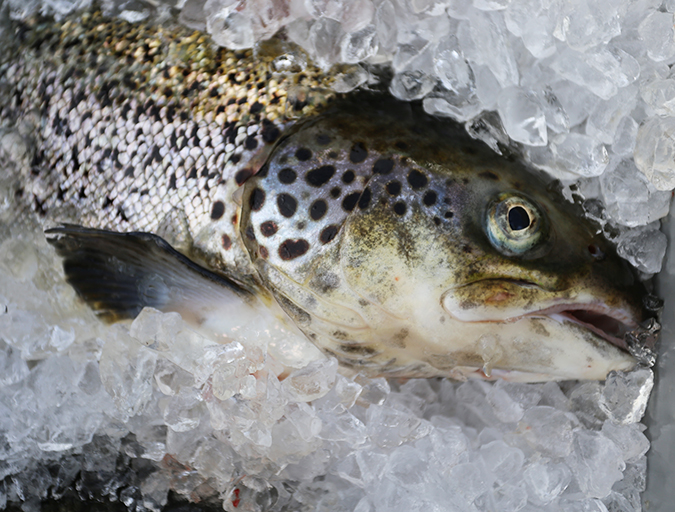Rabobank analyst on fishmeal’s transition from commodity to strategic protein

One of the most important ingredients in aquaculture’s rapid growth has been fishmeal, a crucial marine protein for the culture of many fish species, valuable in large part for its strong nutritional profile that includes long-chain omega-3 fatty acids.
Gorjan Nikolik, senior industry analyst for Rabobank, presented on fishmeal’s transformation from commodity to a market-driven, globally traded protein at the Global Aquaculture Alliance’s annual GOAL (Global Outlook on Aquaculture Leadership) conference, held in October in Vancouver, Canada.
Here are some of Nikolik’s conclusions.
- Land may be the scarcest of all inputs for aquafeed production. With further industrialization of the sector, “For reasons of biosecurity, we need to get to a more condensed aquaculture production,” he said.

Global fishmeal production is on a steady decline. - When new species are developed for aquaculture, initial feed formulations “will be very high in fishmeal,” Nikolik said, because we know relatively little about them, compared to salmon and shrimp. Getting feeds to function properly with low fishmeal content requires “a lot of R&D … and a lot of scale,” he added. “This translates to a driver for consolidation. The key is to develop the use of novel ingredients that are cost-effective.” New species development has historically been a key driver for aquaculture volume growth, he said.
- Fishmeal supplies today are lower than a decade ago, and the El Niño weather phenomenon in Peru makes forecasting supplies a “bit of a guess,” Nikolik said. The trend is stable, but on a bit of a decline.
- Nikolik argued that only fish that require low fishmeal content in their feeds, such as e.g. tilapia or pangasius, can be developed to commercial scale in today’s industry. “Or very high-value niche species,” he added.

Salmon feed formulations have drastically reduced their fishmeal inclusion rates over the past three decades. - Trimmings, or byproducts from fish processing facilities, have “cushioned fishmeal availability,” Nikolik said. Byproducts now account for one-third of the global fishmeal supply, but Nikolik said that it’s “debatable” if more will be available for production in the future. “The best seafood processors utilize 100 percent of the trimmings for human consumption products or combine with pet food products,” he added.
- With fishmeal and fish oil prices increasing, fishing rights should increase in value, which bodes well for pelagics harvesters, provided fishing is sustainable and the cost of harvest remains flat. “Some may even find fishmeal and fish oil production assets
of strategic value,” Nikolik concluded. “It could create more investor interest in this niche market and strategic M&A (mergers and acquisitions).
The full video of Nikolik’s presentation, “The Appeal of Fishmeal: Fishmeal’s Transformation from a Commodity to a High-Priced, Strategic Protein,” can be viewed below. For complete GOAL coverage, see DAY 1, DAY 2, DAY 3 articles and photo galleries 1, 2 and 3.
Now that you've reached the end of the article ...
… please consider supporting GSA’s mission to advance responsible seafood practices through education, advocacy and third-party assurances. The Advocate aims to document the evolution of responsible seafood practices and share the expansive knowledge of our vast network of contributors.
By becoming a Global Seafood Alliance member, you’re ensuring that all of the pre-competitive work we do through member benefits, resources and events can continue. Individual membership costs just $50 a year.
Not a GSA member? Join us.
Author
-
Global Aquaculture Advocate
Two International Drive, Suite 105
Portsmouth, NH, 03801 USA
Tagged With
Related Posts

Aquafeeds
F3 Prize: Putting money where fish’s mouths are
Interest is growing in a two-year-long competition aimed at driving innovation in the aquafeed sector. The F3 prize for a demonstrably fish-free feed comes with a cash reward, and possibly a glimpse at the future.

Aquafeeds
Why I chose to judge the F3 challenge
In an opinion piece for the Advocate, the director of ocean sustainability science at the New England Aquarium talks about the F3 Challenge and what the first X Prize for aquaculture could do for the industry: drive innovation.

Aquafeeds
A look at protease enzymes in crustacean nutrition
Food digestion involves digestive enzymes to break down polymeric macromolecules and facilitate nutrient absorption. Enzyme supplementation in aquafeeds is a major alternative to improve feed quality and nutrient digestibility, gut health, compensate digestive enzymes when needed, and may also improve immune responses.

Aquafeeds
Fishmeal-free Atlantic salmon feed formulation shows promise
A recent study evaluated the effects of a fishmeal-free diet on Atlantic salmon performance and fillet quality during successful growout to market-size in a commercial-scale, land-based, closed-containment system using water recirculation technology. Test fish performed well, with 97 percent survival during the 10-month growout period.



